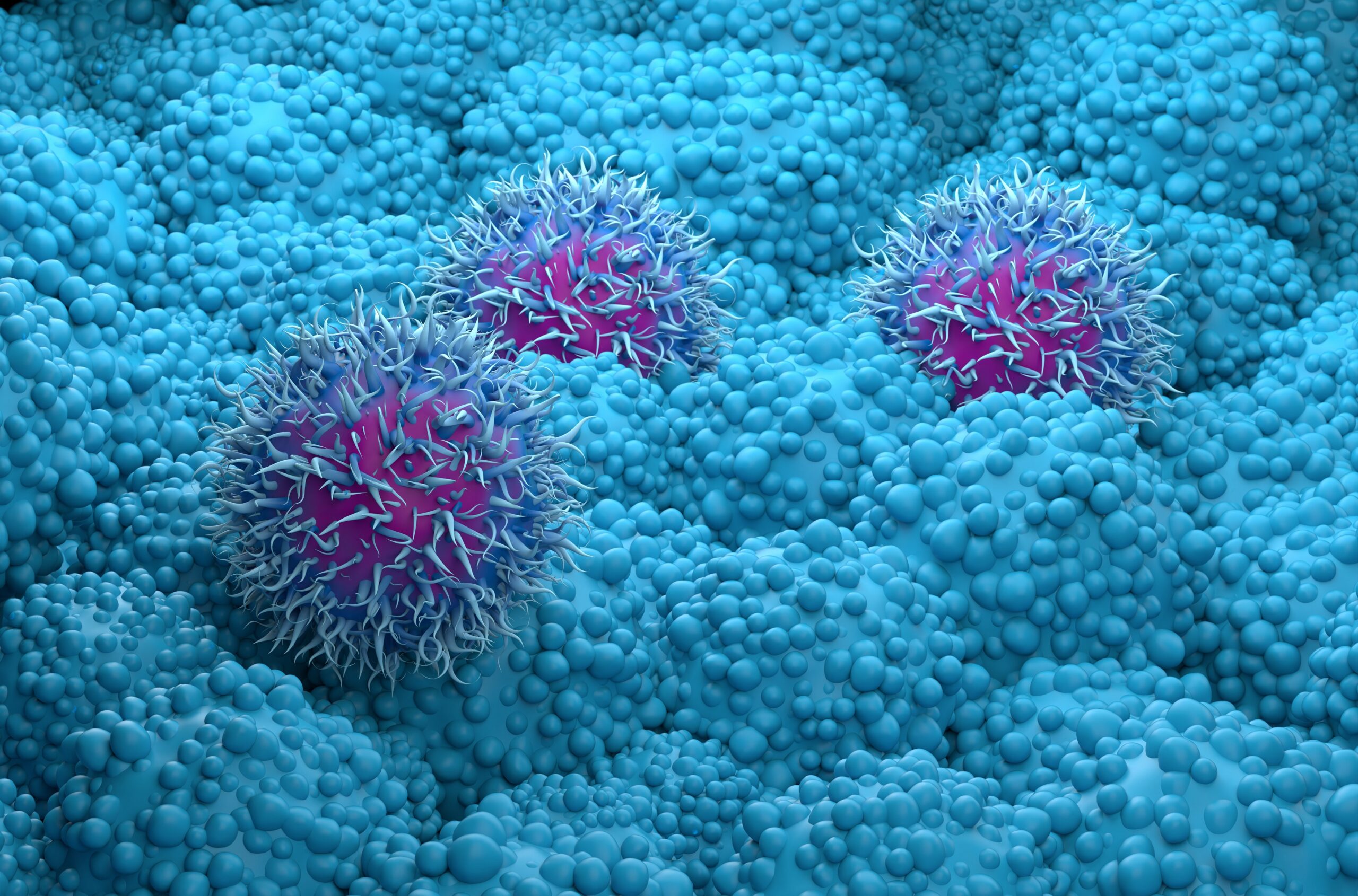Table of Contents
Sadly, days before Pancreatic Cancer Awareness Month, religious leader Reverend Dr. Calvin Butts passed away from pancreatic cancer at 73. His loss was a massive blow to his congregation and the community. During times like these, many often wonder what could’ve been done to change the outcome – routine screenings, etc.
Pancreatic cancer starts in the pancreas, and, unfortunately, pancreatic cancer is hard to detect early. Because of where the pancreas is located, early tumors cannot be seen or felt during a physical exam. In addition, people usually don’t have any symptoms until the cancer has spread to other organs or has become enormous. Certain types of cancer cannot be detected, so check-ups are necessary. It lowers the chances of the illness progressing or becoming terminal. However, there is no such recommendation for people at risk because it doesn’t lower the chances of dying from this cancer.
Some people are at a higher risk because of their family history – genetic syndrome. Genetic testing can let doctors know if you should go through testing. The test looks for gene changes; inherited conditions, not pancreatic cancer. Newer tests for detection may help those who are at high risk. The two most common tests are endoscopic ultrasound or MRI. These exams are not recommended to the general public, only to those with a genetic syndrome. Doctors have found early, treatable pancreatic cancers in some members of high-risk families with these tests.
Types of Pancreatic Cancer
Pancreatic adenocarcinoma is the most common type of pancreatic cancer. In comparison, pancreatic neuroendocrine tumors (NETs) are less common.
- Pancreatic adenocarcinoma: About 95% of exocrine pancreas cancers are adenocarcinomas. These cancers usually start in the ducts of the pancreas. Less often, they develop from the cells that make the pancreatic enzymes, called acinar cell carcinomas.
- Less common types of exocrine cancer: Other, less common exocrine cancers include adenosquamous carcinomas, squamous cell carcinomas, signet ring cell carcinomas, undifferentiated carcinomas, and undifferentiated carcinomas with giant cells.
- Ampullary cancer (carcinoma of the ampulla of Vater): This cancer starts in the ampulla of Vater, where the bile duct and pancreatic duct come together and empty into the small intestine. Treatment for ampullary cancers is the same. Ampullary cancers often block the bile duct while they’re still small and have not spread far. This blockage causes bile to build up in the body, which leads to the yellowing of the skin and eyes (jaundice). These cancers are usually found earlier and have a better prognosis.
Treatment Plan
There are multiple forms of treatment, and sometimes, the best option is more than one treatment. Your age, life expectancy, prior medical conditions, etc., will be considered when mapping out a treatment plan.
Types of Treatment:
- Surgery
- Ablation or Embolization Treatments
- Radiation Therapy
- Chemotherapy
- Targeted Therapy
- Immunotherapy
- Pain Control
- Clinical Trials
Pancreatic Cancer Awareness Month
November is Pancreatic Cancer Awareness Month, and the official day is November 17th. The month is to raise awareness and help gain funds for more research.
The Lustgarten Foundation is working tirelessly to improve patients’ outcomes by funding the most promising research on early detection, new treatments, and personalized medicine. We have made great strides, but with your support this month, we can accomplish even more!
To learn about the events planned for this month or how you can help, visit The Lustgarten Foundation.






More Stories
Get Early Access to Dwayne ‘The Rock’ Johnson’s ZOA Energy Drink at GNC.com
Avoid unnatural results with cosmetic injections
Everything to Know About Why it Happens & What to do